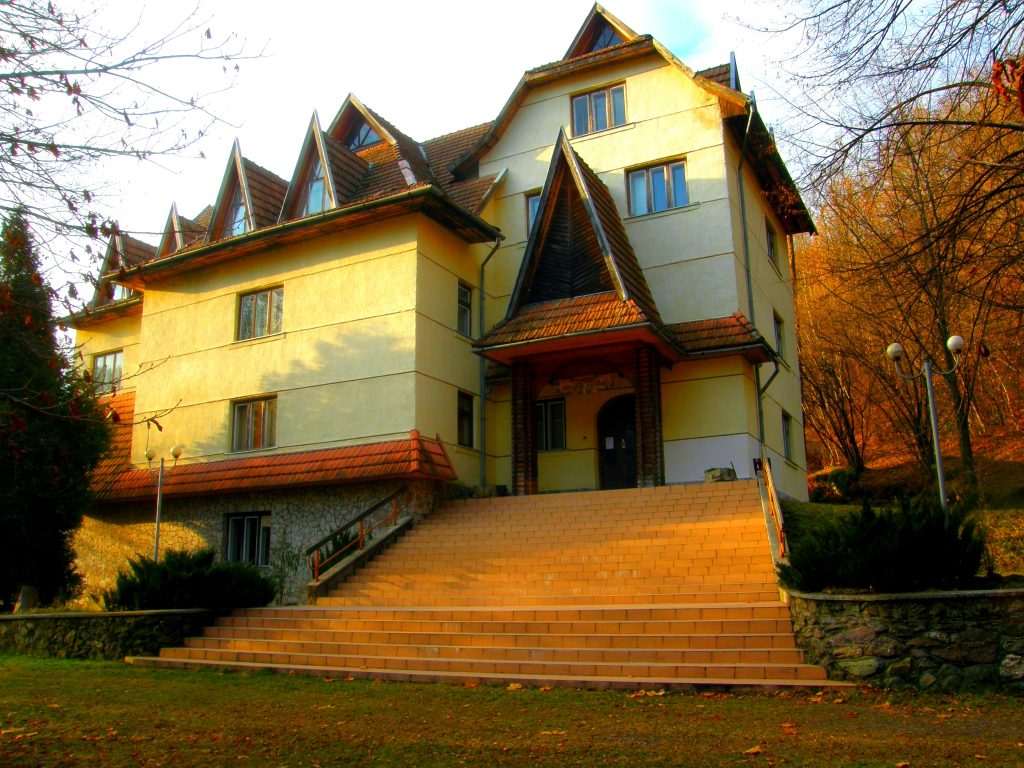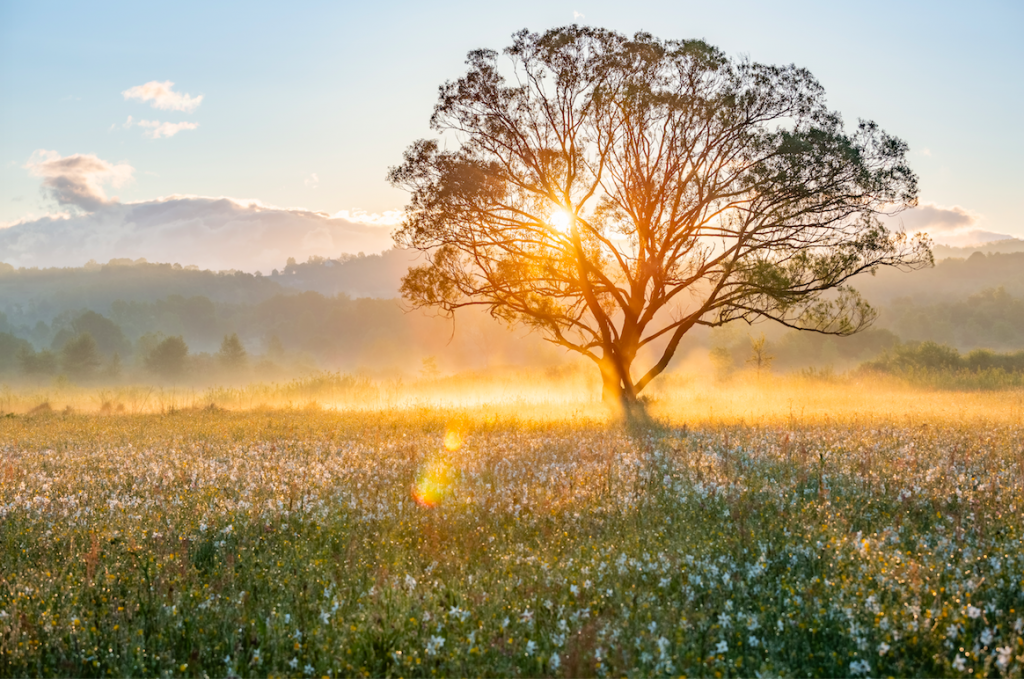Lake Brebeneskul reflects the sky among the high mountains. It is Ukraine’s highest alpine lake located at an altitude of 1,801 metres.
The lake lies on the bottom of a glacial depression. Probably, it is approximately 10-15 thousand years old. A huge chunk of ice slipped down from the mountains, and so it made a lake depression, i.e. the so called lake bed. From the downside, the lake is dammed with an impressive moraine mound with solid rocks forming the lake depression.
The lake is fed by precipitation, several streams from the top, groundwater, and glacial meltwater. Its water is the purest water you can ever imagine.
Lake Brebeneskul is Ukraine’s highest alpine lake located at an altitude of 1,801 metres
The lake’s length is approximately 147 metres; its width is 67 metres; its maximum depth reaches 3.20 metres.
The Brebeneskul River which flows into the Tysa River has its source in Lake Brebeneskul and the Tysa River flows through 5 countries: Ukraine, Romania, Slovakia, Hungary, and Slovenia.
There is no fish in the lake since the waterbody completely freezes; the ice remains for 5-6 months per year.
The lake is frozen for 5-6 months per year.
The lake is inhabited only by those who can survive winter in such adverse conditions. The Amphibians, such as the alpine newt (Mesotriton alpestris), the Carpathian newt (Lissotriton montandoni) and the common frog (Rana temporaria) feel comfortable there. This is their spawning site – in May-June they lay eggs and breed.
This lake is also interesting from the viewpoint of history. In the pre-Christian times, there was a pagan temple on the shore where various religious rites where held, including sacrificing to Slavic gods, particularly to Veles.
We are sure that you are a wise traveler. The lake suffers extremely from excessive attention of people and can turn into a dump – they make bonfires here, and for this purpose they cut down the surrounding pine trees. They also leave rubbish there, and the rubbish ends up in the lake. In addition, bathing in the lake harms its ecosystem. Please, do not do this, and, if possible, take with you a bag with rubbish left by others.





